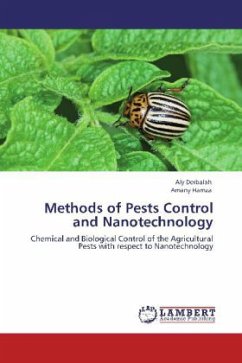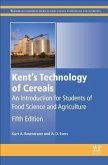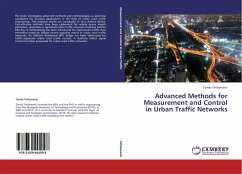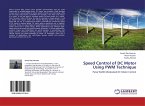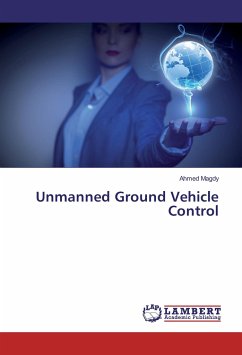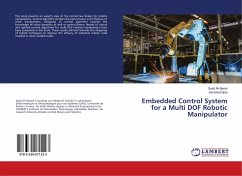Pests which include insects, mites, phytopathogens, nematodes, weeds, and vertebrates are major constraints to crop productivity by directly damaging the crop and by causing plant stresses that decrease yields. Worldwide, pre-harvest and post-harvest losses to insects, weeds, and plant pathogens are estimated to be 45 % of agriculture production. Neither planting more productive varieties nor putting an increased land area under production can meet the need for food if yield and post-harvest losses due to pests remain at current levels. Therefore, this book review and discuss about the most common pests control methods ( chemical and biological) with the respect to their basis, application and disadvantages. Furthermore, the book give a look on the role of nanotechnology in improving the efficacy of these two control methods (chemical and biological) with respect to the detection and the safety concerns of nanomaterials on the environment and public health.
Bitte wählen Sie Ihr Anliegen aus.
Rechnungen
Retourenschein anfordern
Bestellstatus
Storno

